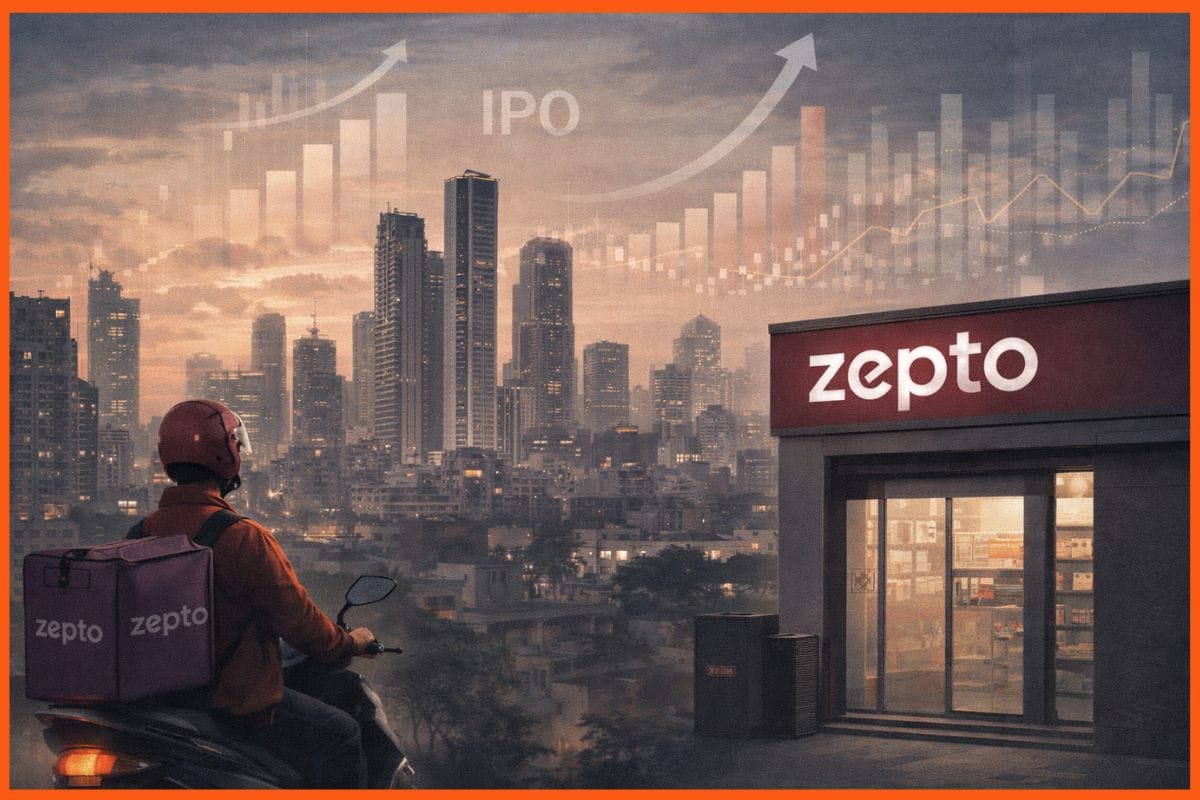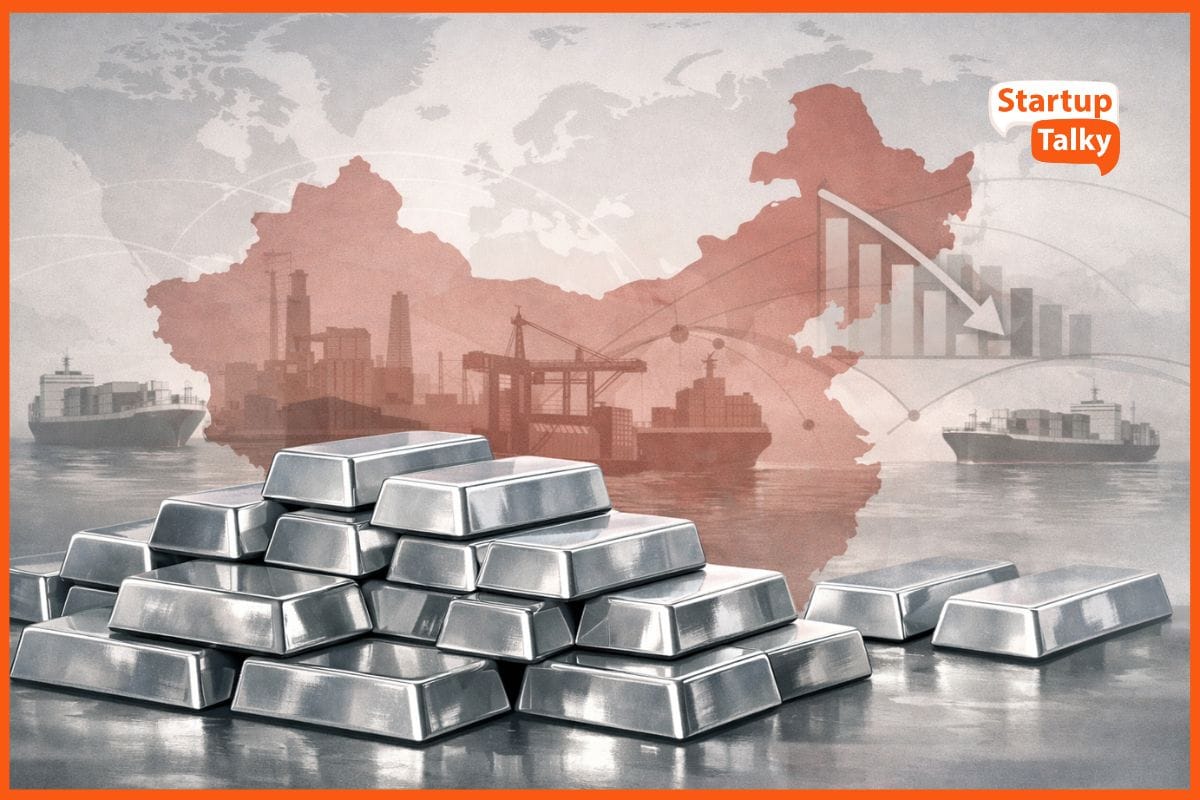SOLAR ENERGY MARKET: BUILDING SUSTAINABLE INDIA
🔍Insights
India is furnished with vast solar energy potential. Solar is the most secure source of energy because it is abundantly available in nature. Solar power is the fastest developing industry in India. Solar power is a renewable source of energy. It is the power produced by the sun's light. The solar energy invested reach of our nation was about 35,739 as of August 2020. There has been an eminent impact of solar power in the Indian energy scenario in the past few years.
India has built 42 solar potential parks to make the area available to promoters of solar plants. The solar energy installed capacity of our nation was about 35,739 as of August 2020. There has been an eminent impact of solar power in the Indian energy scenario in the past few years. India has built forty-two solar energy parks to create a realm accessible to promoters of solar plants. Rooftop solar energy is 2.1 GW, of that 70 % is industrial. By the year-end of 2015, a million solar lanterns were traded that reduced the utilization of lamp oil. 118,700 solar home lighting systems were put in, and 1.4 million solar cookers were administered in India.
India achieved the 5th global position in solar power arrangement by surpassing Italy.

Future of Solar Power Market
The changing lifestyle of people with the increasing industrialization has made electricity a vital commodity. To decrease the concern of high electricity demand with decreasing fossil fuels, policy makers have been looking for a sustainable source of electricity generation. Solar energy is the readiest and green option available.
The report published by IMD (Indian Meteorological Department) states that The solar energy received is more than 15000 times the commercial energy consumption, and this energy is available during the day without any constraint.
According to GOGLA (Global Association For the Off-Grid Solar Energy Industry), the market for distributed solar power merchandise is expected to grow more than two-and-a-half times to Rs 10,117 crore by the year 2023. Including solar lamps, solar pump kits, and other home devices. It is estimated that the current market size for distributed solar in our country is at Rs 3,878 crore, including Rs 3,170 owned by the government and the rest by private owned entities. The sales are estimated to grow to Rs 2,617 crore in the private sector and Rs 7,500 crore in the government sector. Most of the future sales are estimated to come from lanterns with some additional services like mobile charging, radio, etc. and solar home systems. Increasing income and energy demand are the key market drivers.

Investing in domestic manufacturing may help in building the supply chain, control prices, and earn foreign exchange through exports. This will help in creating job opportunities, increasing the GDP(Gross Domestic Product) for the nation.


IMPACT OF COVID-19 PANDEMIC
The imposition of a nationwide lockdown by the government to control the coronavirus outbreak harmed the whole economy. The solar industry will have immediate challenges due to the COVID-19 outbreak, such as the shortage of labor force compliance with social distancing, shortage of equipment and parts, and discrete expenditure by users. India's solar power sector is struggling in the pandemic. There has been a decline in electricity consumption of 30% due to the lockdown of industries and markets.
China is the largest supplier of solar raw materials such as cells, glass, back sheets, frames, junction boxes, etc. Due to the coronavirus crisis, there was a long hold on the import of such items from china, the module assembling capacity of manufacturers is being affected. There may be a rise in solar module prices shortly as the manufacturers have begun experiencing raw material shortages. The prices of various components will rise because of the decrease in supply from China. Engineering, procurement, and production companies now have to bear all the variable factors from procurement of bills of material of the panel to the manufacturing and supply chain.

Rural Electrification
- The scarcity of electricity is the main hitch of rural development. In 2004, about 80000 villages did not have electricity.
- In the year 2004 more than 5000 villages were supplied with electricity through solar power systems.
- Lighting and Lamps: By 2012, 4,600,000 solar lamps and 561,654 solar-powered lights were installed in homes.
- Agricultural Support: Solar water-pumping systems are used for irrigation and drinking water.
- By 2019 181,521 Solar Photovoltaic water pumping systems were installed in India. Low-cost solar vehicles are available for agricultural activities.

Government Aid
The Ministry of New and Renewable Energy(MNRE) installed 51 solar radiation resource assessment stations across India to create a database. India started a Rs 40 crore project to measure solar radiation. The government allocated Rs 1000 crore for the national solar mission and clean-energy fuel fund for the year 2010-2011. The government reduced import duties on solar panels by 5% which encouraged private sector companies. The Indian government also reduced the price of PV power from rs 4.43/KWh to Rs 4.00/KWh. During January 2019, the term for authorizing the production of the solar power plants was lessened to 18 months for units located outside the solar parks and 15 months for separate units from the date of the contract. In May 2020, the tariff was reduced to rs 2.90/KWh.

Incentives By the Government
- Viability Gap Funding: The funding was Rs 1 crore/MW for open projects on average in the year 2016.
- Depreciation: 40% of the total investment in rooftop solar systems could be claimed as depreciation in the first year.
- 25% safeguard duty is imposed for 2 years from 2018 on the imports to safeguard the local manufacturers.
- Capital subsidies to rooftop solar plants up to 500 KWh.
- Renewable Energy Certificates(REC): Financial incentives for every unit of green energy generated.
- Power Purchase Agreement(PPA): Offering fair market-determined tariff for solar power.
- ISTS(Interstate Transmission Systems): Charges and losses are not taxable during the period of PPA.
- Subsidy of 70% and 30% is granted by the Union Government for hilly regions.
Must have tools for startups - Recommended by StartupTalky
- Convert Visitors into Leads- SeizeLead
- Website Builder SquareSpace
- Manage your business Smoothly Google Business Suite






